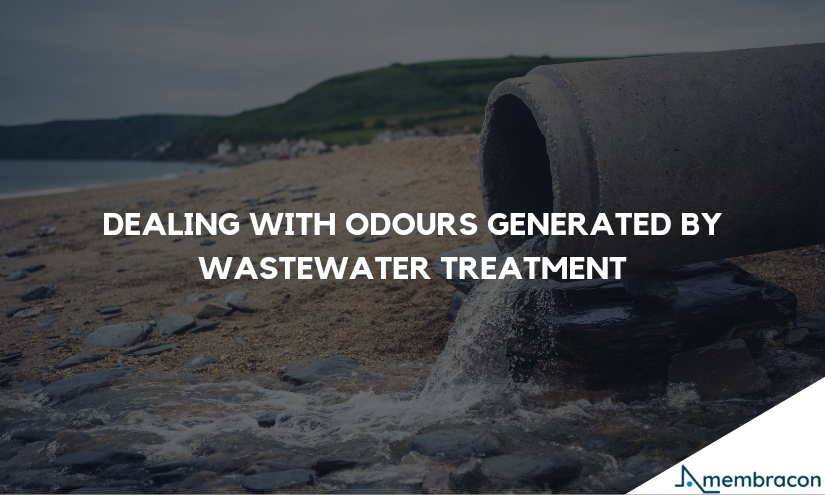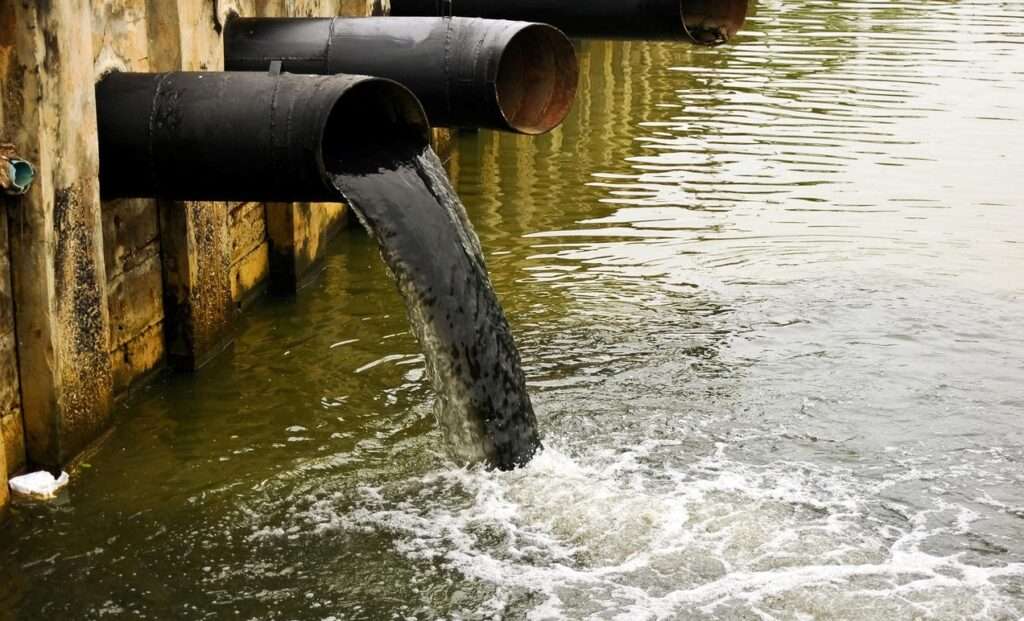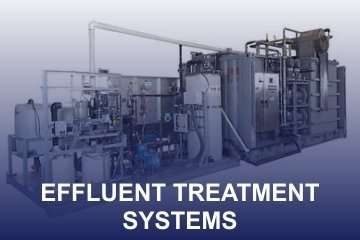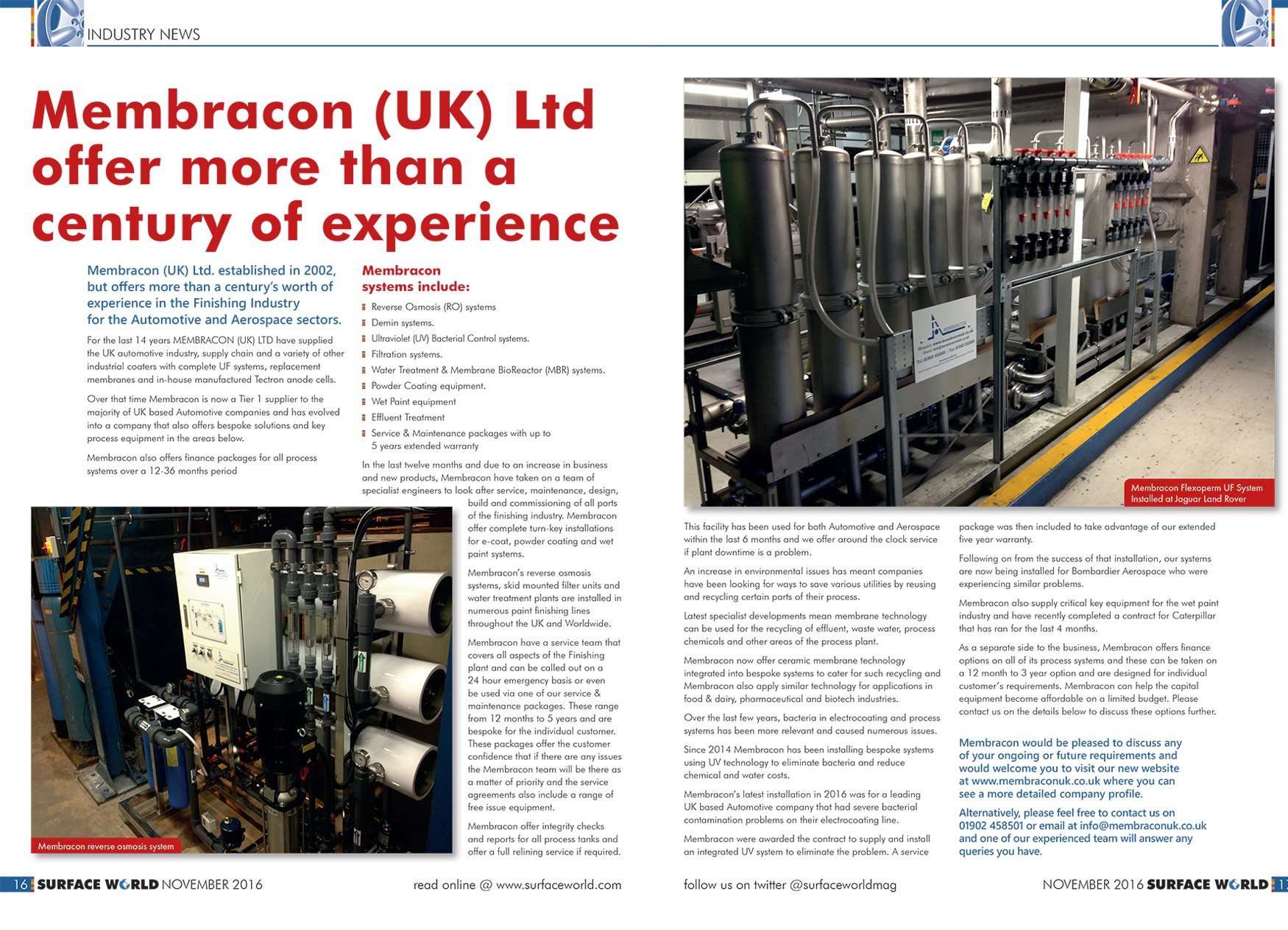
Dealing with odours generated by Wastewater Treatment
Wastewater generated by the industries needs to be treated appropriately before reusing or discharging it into water bodies. Though the treatment process is simple and effective, it can lead to the generation of bad odours. This makes the whole procedure disgusting and troublesome for the operators as well as the employees.
Read along to learn about the causes, possible effects and remedies to deal with the odour formation.
Causes:
- Oxygen-deficient zones: High organic content in the wastewater can lead to depleted oxygen. This causes the creation of anoxic zones at the bottom of the wastewater basins. The anaerobic digestion by microbes releases gases like sulphur dioxide, methane, etc causing odour formation.
- High temperatures: The rising temperatures, especially in the summer months, increase the activity of the microbes used in biological wastewater treatment. The rate of anaerobic digestion becomes higher, causing the emission of noxious gases.
Effects of odour generation:
The generation of bad odour is an indication of under-treated wastewater. It depicts higher anaerobic activity than aerobic one. The release of pungent gases directly affects the operators of wastewater treatment plants. Moreover, the gases spread out through the air and affect not only the workers of the industry but also the people living nearby.
The local grievances by the residents of the area can distort the industry’s image. Also, depending on the contents of the wastewater, the gases released through microbe digestion can be harmful to the health of the people.

The way out:
The best method to prevent the generation of odours is to increase the oxygen supply. The more dissolved oxygen, the higher the activity of aerobic bacteria. This suppresses the anaerobic digestion which was the major cause of odour generation.
Another method is to improve water circulation within the wastewater treatment plant. When there is an efficient water supply even at the bottom of the basin, the oxygen increases itself. Proper circulation would lead to uniform aeration. Consequently, aerobic digestion will be promoted.
Leveraging aeration technologies:
To achieve efficient aeration, technologies can be used. They increase the oxygen supply as well as ensure uniform circulation. Surface aerators can be used if the tanks are shallow. Coarse and fine bubble diffusers are other kinds of aerators that can be used to counter anoxic zones.
These technologies can be utilised to produce less sludge and treat the industrial effluents effectively. As a result, odour formation would be highly reduced.













